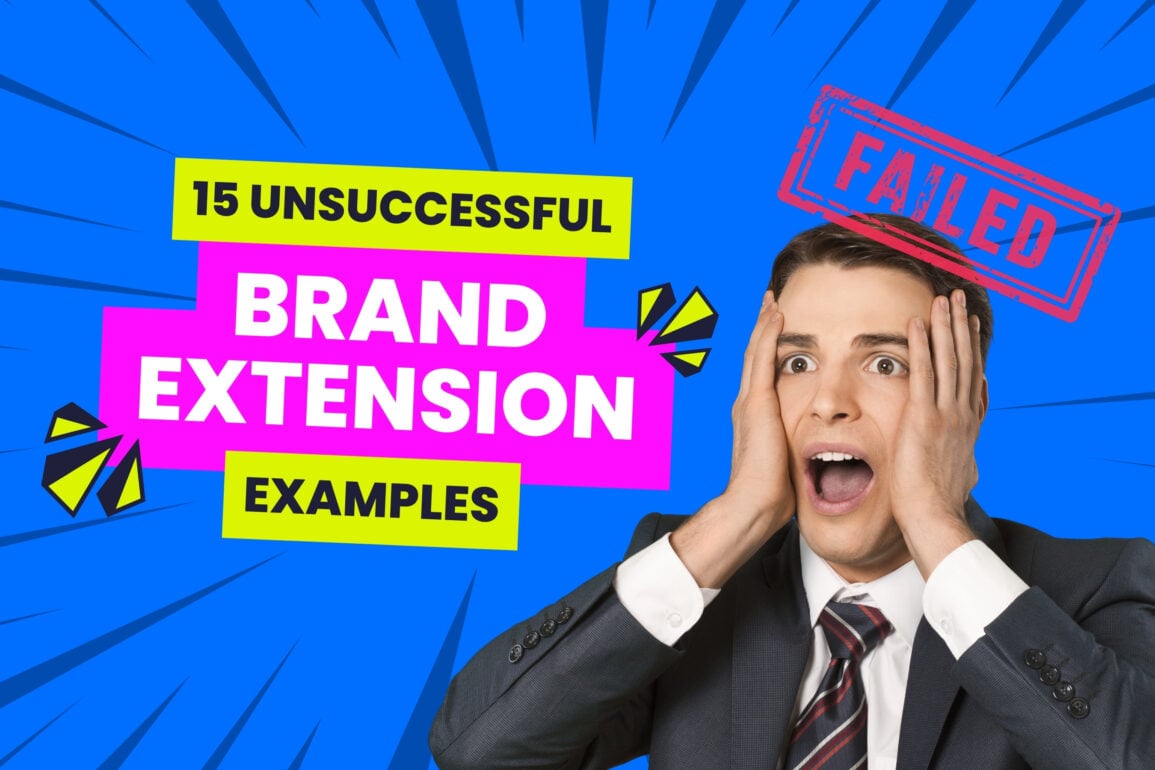The 11 most successful mergers and acquisitions of all time
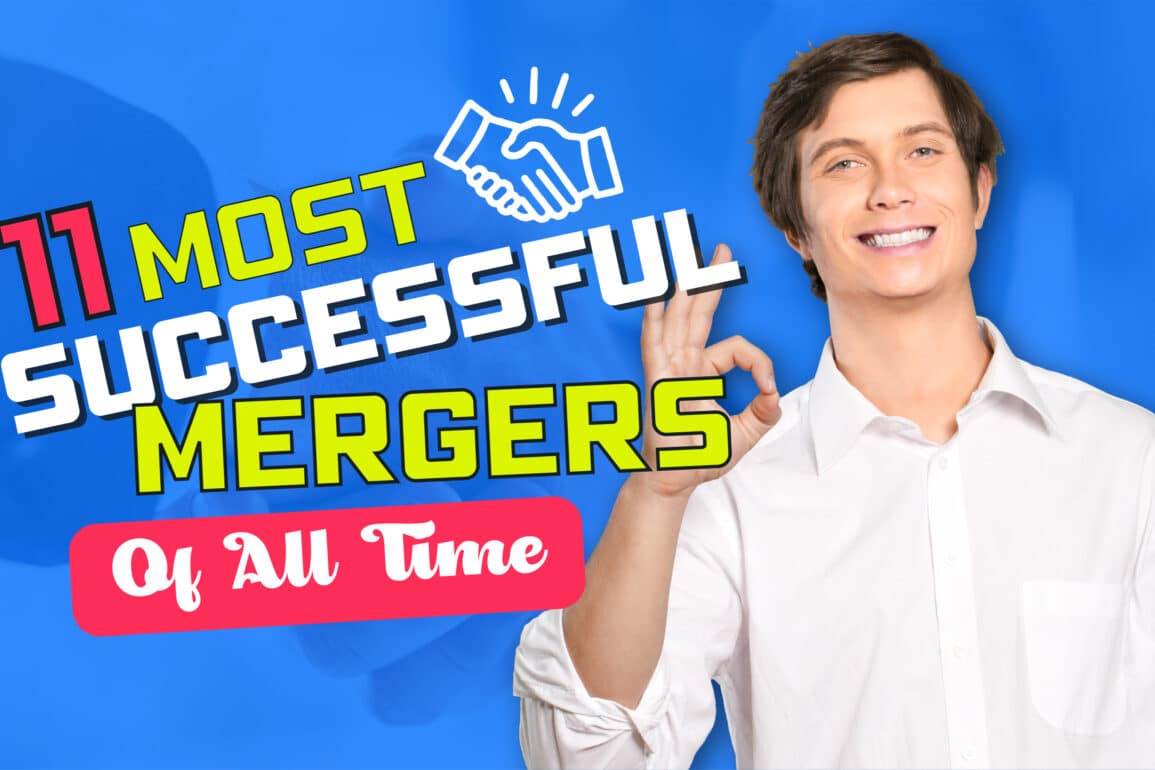
Successful mergers and acquisitions aren’t nearly as common in the business world as failed deals. Sad, but true – many M&A deals fall through for countless reasons, from lack of synergy, to problems with management.
But that doesn’t mean mergers and acquisitions can’t be profitable.
It’s easy to look at M&A transactions as disasters waiting to happen. Whether one company absorbs another in a hostile takeover, or merges amicably with an existing brand, there are a lot of hurdles to overcome.
Some of the biggest deals in the world have been phenomenal failures.
Just look at the merger of Time Warner and America Online (AOL) for instance. In fact, the Harvard Business Review even found about 70% of all acquisitions fail to work out.
But a little planning and strategy can go a long way. Some M&A deals have proven to be matches made in heaven, creating new profits and opportunities for both companies involved.
Today, we’re looking at some of the most successful mergers of all time, as well as some of the most valuable acquisitions to show two heads really can be better than one.

The components of a successful merger and acquisition deal
Relationships are tricky, and many M&A deals are more like a marriage than you might think. After all, they bring two entities together, allowing them to share assets, as well as problems.
Just like a great marriage needs some sturdy foundations to work, a successful merger or acquisition deal needs a few key components.
While there’s never a guarantee a transaction will work out, there are a few signs a deal might be on the right track:
1. Careful preparation
Fail to plan and you plan to fail – or so they say. To make an acquisition or merger work, both companies need to invest in some careful planning. The more time both entities commit to performing their “due diligence”, and formulating a strategy, the more successful the M&A process will be.
Good planning doesn’t just boost the chances of an M&A being successful, it can also prevent a management team from spending too much on the wrong deal.
2. Cultural alignment
Cultural differences are one of the biggest reasons M&A deals fall through. The company culture of both companies needs to be built around the same values and vision if people are going to work seamlessly together.
A “cultural audit” can often be helpful for merged companies.
It’s a good idea for business owners to learn as much as they can about the company they’re going to working with or acquiring, and the organizational structure they’ll need to adapt.
3. Communication
Just like in marriage, communication is crucial to successful mergers and acquisitions. Stakeholders need to communicate consistently throughout the process to ensure they’re following the right strategy for success. Clear communication is also necessary when connecting with employees.
Business leaders need to keep their staff members informed, guide them through the vision or mission for the merger, and keep everyone on the same page.
4. Good resources and leadership
It might seem obvious, but the right resources, and management both need to be in place for a merger or acquisition deal to work out. Some companies even invest in their own “integration team” to help align team members after two companies come together.
Strategic acquisitions and mergers also rely heavily on a strong management team, who can keep the whole workforce motivated and informed throughout the process.
5. A strong integration plan
Even if a company is taking over another business entirely, there’s still a need for integration. They need to integrate the resources, existing staff members, and tools of the other business into their ecosystem for the deal to pay off.
A strong integration action plan is the only way to ensure everything is melded together between the two companies successfully.
6. A win-win strategy
While hostile takeovers do work sometimes, both companies in the deal should really feel like they’re getting something out of it. This doesn’t just mean ensuring both of the business owners are happy.
Key employees need to feel supported too.
A win-win deal will ensure everyone in both businesses feels motivated to make the merger or acquisition work.
The most successful merger of all time
It’s difficult to define the most successful “merger” of all time. We’re not just talking about the largest mergers, after all. We’re looking at the companies that have achieved the most value by combining their business with another.
In our opinion, probably the most successful “merger” of all time, or at least in recent history, is the merger of Disney and Pixar, followed by the acquisition of Marvel Studios.

Though it’s sometimes referred to as an “acquisition”, we’d call this deal more of a merger, simply because Pixar hasn’t disappeared from the market by joining forces with Disney.
The relationship between Disney and Pixar started back in 1991, when the two companies signed a co-production deal to create animated films like Toy Story.
The decision to merge the two companies aimed to help them collaborate more consistently on a wider range of films and products. Disney was able to tap into the animation expertise of Pixar Studios, and Pixar benefited from access to the huge Disney landscape.
The “vertical merger” was an incredible success. Disney and Pixar have since released a host of different films, earning billions from sales, merchandise, and movies.
Disney even kept Pixar’s management team in place to ensure the transition was as smooth as possible. Over the course of 18 years, Disney Pixar films alone have grossed more than $7 billion, making the price Disney paid for Pixar’s assets well worth it.
Disney went on to further show how great it was at M&A deals when it purchased Marvel Entertainment for $4 billion, leading to a highly lucrative stream of Marvel films, merchandise, and even rides and Disney World resorts.
Successful mergers and acquisitions (case studies)
The Disney Pixar deal is probably the most successful merger we’ve ever seen, but there are some other great M&A transactions worth mentioning too. Countless deals have helped companies to achieve a larger market share, improved cash flows, and access to new opportunities.
Let’s take a closer look at some successful mergers and acquisitions examples throughout history.
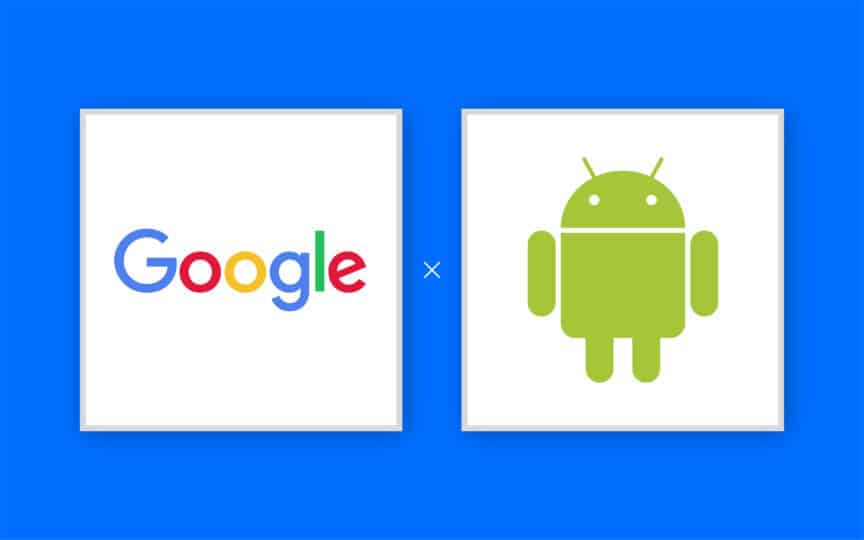
1. Google and Android
Widely regarded as one of the best acquisitions ever made by Google, the Google and Android deal turned out to be an incredible success. Back in 2005, most people saw Google as just another search company.
However, the organization was capable of so much more.
Although the full price for the acquisition wasn’t officially revealed, most people estimate that Android cost Google about $50 million. That’s a pretty low price for such a big deal.
Android gave Google the mobile operating system it needed to start creating new devices, competing with companies like Apple and Microsoft. It also expanded Google’s reach far beyond desktops, giving it more clout in the wider technology market.
Today, Android is one of the most popular mobile operating systems in the world, used in about 69.7% of all smartphones. With this deal, Google became one of the most successful technology companies in the world, and it’s still growing.

2. Sirius and XM Radio
Though the Sirius and XM Radio merger led to the successful integration of two major entertainment companies, it did face a few challenges. The merger created the first and biggest satellite radio company in the world, leading to incredible opportunities for both businesses.
However, when Sirius Satellite Radio announced the merger in 2007, it hit a snag. The FCC granted only two licenses to satellite radio operators when the satellite landscape first launched in 1997, and those licenses came with a caveat.
Both companies (XM Radio and Sirius) had to agree they would never acquire each other. This put a pretty big roadblock in front of one of the world’s most successful M&A deals.
Fortunately, the brands jumped into action, filing the proper paperwork and waiting patiently for approval. Eventually, the FCC granted the merger, and Sirius XM was formed. As of 2023, Sirius has had a slight drop in profits, but it’s still the biggest satellite operator out there.

3. Exxon and Mobil
Often referred to as the “biggest merger of all time”, the Exxon and Mobil deal made waves in the oil industry. It was certainly one of the most expensive deals, valued at around $81 billion.
The “mega-merger” re-united the divisions of Standard Oil, which had previously controlled about 90% of all oil production in the United States. The newly created company “ExxonMobil” became one of the biggest oil companies in the world, with revenues of around $200 billion worldwide.
Plus, ExxonMobil emerged as the third largest company in the entire world, falling just behind Microsoft and General Electric. The deal was so astronomically huge, the FTC had to get involved.
It required the businesses to fully restructured Exxon and Mobil gas stations to avoid outright monopolization of the marketplace. Though the big oil deal hit a few challenges along the way, it definitely stands out as one of the best M&A transactions of all time.
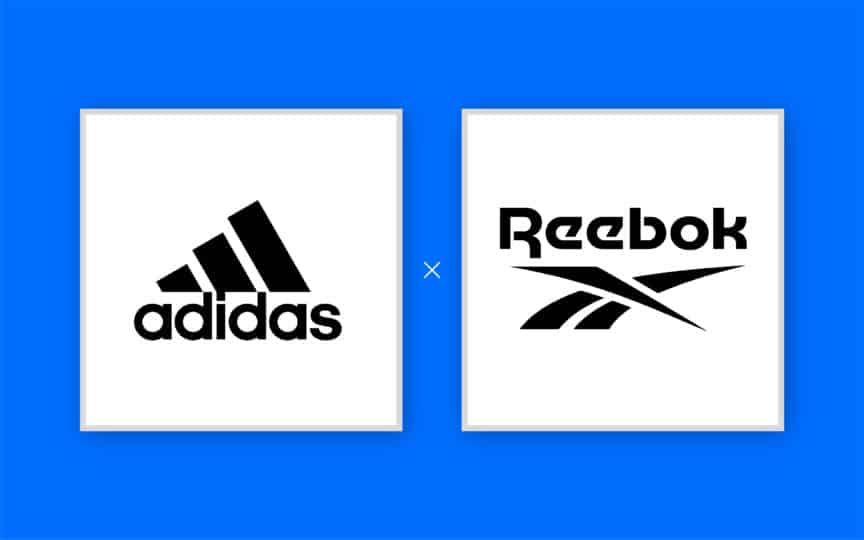
4. Adidas and Reebok
This might be a slightly controversial addition to our list, so bear with us. Though the Reebok and Adidas merger didn’t work out in the long-term, that doesn’t mean it wasn’t successful at all. It certainly helped Adidas to increase its sales in the early 2000s.
Back in 2005, Adidas purchased Reebok for aa value of around $4.78 billion. It was a great deal for Reebok at the time, who were struggling to stand out with competition from Nike and Puma.
The footwear market in North America was dominated by Nike at the time, who held a 36% market share. Adidas and Reebok both needed a way to increase their sales and outshine the industry giant.
The acquisition allowed the companies to expand their customer base, and connect their resources for growth. Market share for both Adidas and Reebok rose from 8.9% to 21%. Plus, sales increased by 52% the year after the acquisition.
Although Adidas has since sold off Reebok to another company, the brand might not be as huge as it is today if it hadn’t made the purchase initially.

5. Procter & Gamble and Gilette
Procter & Gamble, or P&G is currently one of the largest consumer goods companies in the world, thanks in large part to its successful merger and acquisition deals.
Back in 2005, P&G wanted to increase its growth by incorporating Gilette, one of the biggest shaving companies, into its portfolio.
One of the things that made the acquisition so successful, was P&G’s commitment to working with senior managers from the merged company. The brand retained Gilette’s employees, and used their expertise to enhance their own processes.
Like many of the best business transactions in history, this deal was preceded by plenty of planning. P&G took the time to figure out how the companies could combine their practices and increase profits.
They even created about 100 global integration teams.
Another important key to this deal was the pacing. Instead of trying to push a rapid integration, P&G gave Gilette employees a year to get used to the new structure before reviewing their performance.
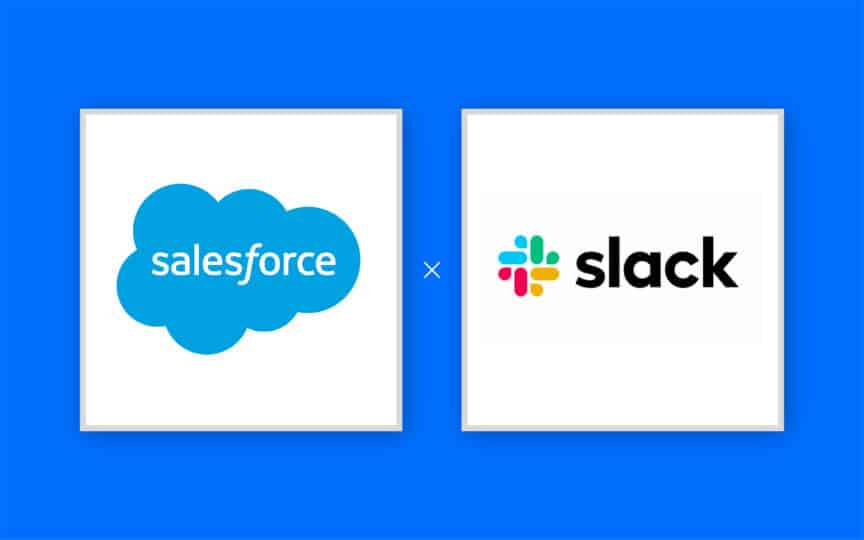
6. Salesforce and Slack
Considered by some market analysts to be the “deal of the decade”, Salesforces’ acquisition of Slack is another fantastic example of a successful M&A deal. In 2021, Salesforce decided it was time to start building out its portfolio of software tools for modern salespeople.
The workplace was evolving, thanks to the impact of the pandemic, and teams needed a new way to collaborate and share knowledge outside of the office. Rather than building its own collaboration tool from scratch, Salesforce chose to tap into an already popular solution: Slack.
The company paid around $27.7 billion for the Slack technology, integrating the collaboration features into their comprehensive toolkit. In 2023, Salesforce announced its revenue had increased by 18.35%, highlighting just how valuable the deal was.
In fact, since acquiring Slack, Salesforce has continued to grow consistently, with increasing stock prices, and even more impact in the modern CRM market.

7. Shell and Royal Dutch Petroleum
When it comes to successful mergers and acquisitions, case studies like the one from Shell and Royal Dutch Petroleum often earn a mention. Interestingly, both of the companies had already worked together before, under the “Royal Dutch Shell” name.
Over time, the two businesses split apart into separate entities. However, in 2004, they decided to reunite their assets and supply chain once again, to pave the way for greater growth. The deal was expensive, costing around $95 billion. However, it also made a lot of sense.
Shell saw a massive increase in its stock price after acquiring the other brand, and the two companies were able to reach a wider range of customers around the world. Plus, they both benefitted from an enhanced leadership team, paving the way to future growth.
The timing of the deal was also fantastic. The organizations connected their assets just before oil hit all-time value highs, just before the financial crash in 2008. Today, Shell still stands as one of the most significant European oil and gas companies in the world.
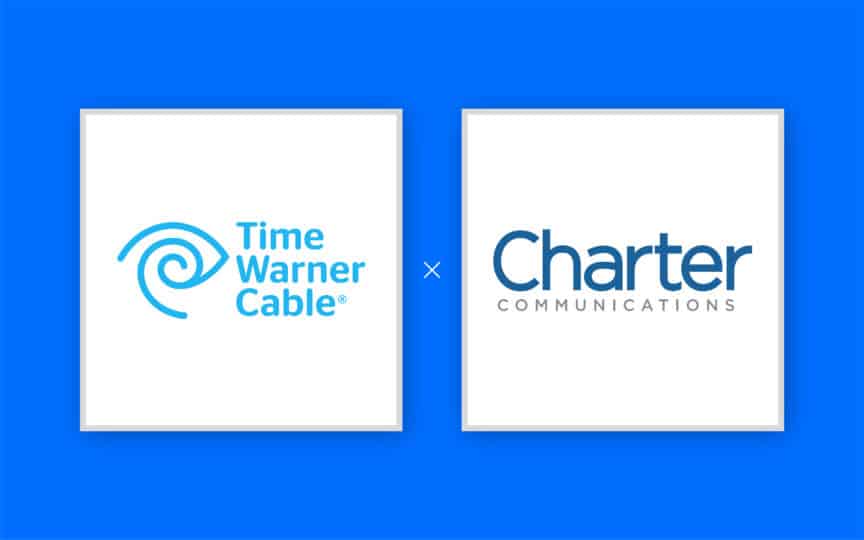
8. Time Warner Cable and Charter Communications
Considered a beneficial deal for both companies, the Time Warner Cable and Charter Communications integration delivered some great results. Although it’s not one of the most common examples of successful mergers on most lists, it’s worth mentioning.
In 2014, cable TV provider Charter Communication was struggling to extend its market reach. It was fighting against broadband companies bundling television services into their deals. To protect its profits, Charter purchased both Time Warner Cable, and Bright House Networks.
These two companies gave Charter another 24.4% of the US cable market to add to its roster, turning it into the third largest multi-channel video provider and the second-largest broadband company in the United States.
The main reason the deal was so successful, was the post-merger integration plan. Charter launched a bold strategy designed to increase the synergies among the three businesses, getting every team member involved in explosive growth.
After the acquisition, Charter started to grow rapidly at a rate of around 5.5% per year, reaching a value of around $42 billion by 2017.
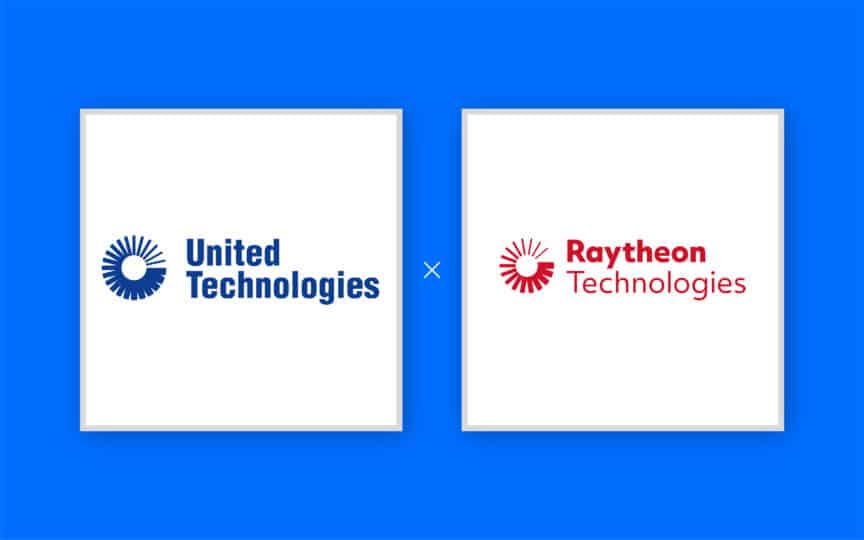
9. United Technologies and Raytheon
An example of a “merger of equals” that led to significant success, the United Technologies and Raytheon deal delivered great benefits to both companies. The deal was struck to create the most advanced aerospace and defence systems company in the world.
Both organizations were already major players in their respective markets, making this deal one of the biggest, and most expensive in history. It was valued at around $121 billion!
The deal closed in 2020, and the combined companies started operating under their new name, “Raytheon Technologies Corporation”. Bringing the expertise of these two organizations together has already proven to be beneficial for the new brand.
By 2022, Raytheon was reporting sales of around $67.1 billion, saying their cash flow had exceeded expectations following the deal. Raytheon is now making full use of United Tech’s experience in the engineering space, to create more advanced products and jet engines.
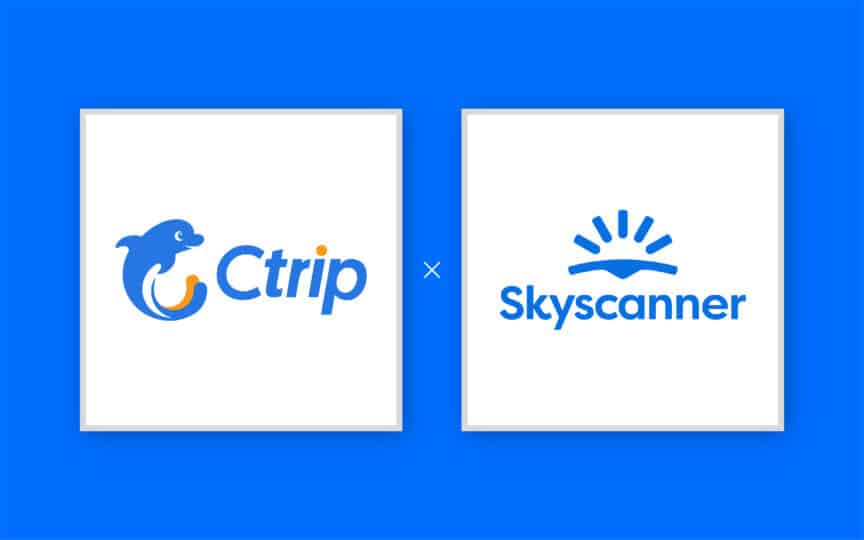
10. Ctrip and Skyscanner
The chances are you’ve found yourself searching online for great flight and vacation deals in the last few years. After all, most of us our planning our vacations on the web these days, rather than relying entirely on travel agencies.
Skyscanner is a name most people are already familiar with. The company uses technology to help lead users through various stages of planning a trip, from selecting flights to picking hotel accommodations.
The company even has a huge base of 600 partners to help customers save cash.
Ctrip, a Chinese company also focused on the travel industry, saw the benefit of Skyscanner’s technology and ecosystem in 2016. The company purchased the Skyscanner technology, and fused it with their own to create an even more advanced solution for trip planning.
The deal allowed Ctrip to gain a significant share of the international travel market, spawning significant growth in the following years.
Learning from examples of successful business mergers
The examples of successful mergers and acquisitions above show that not every M&A deal is doomed to failure. While the nuances of a merger or acquisition can be difficult to navigate for both companies, a great deal can really pay off in the long-term.
With an effective strategy, companies investing in M&A activity can benefit from increased sales, access to new resources and expertise, and a wider target market.
The key to success is simply making sure you do your due diligence. If you lack strong confidence, consider leveraging the expertise of a professional branding studio to navigate the complexities of the merger and acquisition with ease. All of the deals above worked out because the companies involved took their time to ensure synergy between their operations.
It just goes to show, great collaboration really does pay dividends.
Fabrik: A branding agency for our times.
Now read these:
—Failed mergers, the worst examples ever!
—Discover the biggest mergers in history
—How to perfect your merger brand strategy
—Your guide to merger branding process














